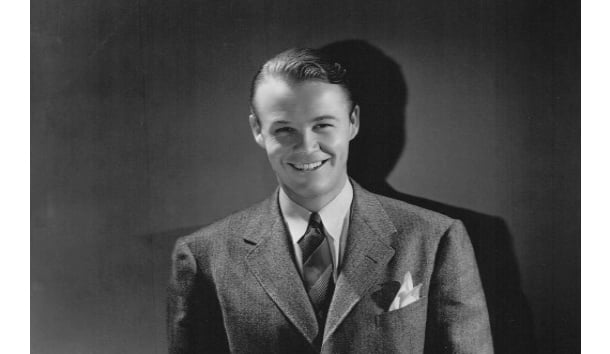Roger McGrath’s excellent account of the career of movie actor/naval aviator Wayne Morris (“Hollywood’s Lone Ace,” Sins of Omission, April) is not quite complete, in that Morris’s service to the Navy and the nation did not end with his discharge in 1945. A movie in which he played an important part helped save the important naval aviation role in the coming Cold War.
In the late 1940’s the U.S. Navy faced the fight of its life to preserve carrier aviation against attacks by the Truman administration and the nuclear-armed bomber command of the U.S. Air Force. Bolstered by our possession of nuclear weapons and the means of delivery, the Truman administration saw no need for aircraft carriers and their embarked air wings. The one new carrier that had been funded by Congress was canceled shortly after its keel was laid. However, the Navy did not supinely accept its fate; the result was what came to be called “the Revolt of the Admirals,” led by Adm. Arthur Radford (among others). Radford later would become chairman of the Joint Chiefs under President Eisenhower. At the time I was a very young ensign serving in a ship in the Atlantic Fleet, and I well recall the discussions (and worse) that occurred in the wardroom. The revolt included a plan to work with supporters in Congress and a well-designed public-relations campaign that included the services of a popular radio personality (Arthur Godfrey) and assistance in the production of a movie as part of the effort to gain public support. The movie, Task Force, starring Gary Cooper, Walter Brennan, and Jane Wyatt, was fully supported by the Service and was quite accurate in its portrayal of naval aviation. It recounted much of the early history of carrier aviation and the battles and ultimate victory in World War II.
To grab the attention of the public, the movie had to appeal to the feeling of gratitude toward the young servicemen of the war. Wayne Morris fit the bill, playing a midshipman at the Naval Academy and, later in his career, a fighter pilot. Being a Navy ace was, of course, an enormous advantage, in that he was already a technical expert in the field. Although the part was not a major one, its human interest was essential to the success of the film and its portrayal of the U.S. Navy in action.
The Navy’s efforts proved successful, the effort to emasculate the carrier force failed, and the fleet was ready when called to action in Korea in the summer of 1950. It is noteworthy that the U.S. Air Force was not!
—Robert C. Whitten
Commander, U.S. Navy Reserve-Retired

Leave a Reply